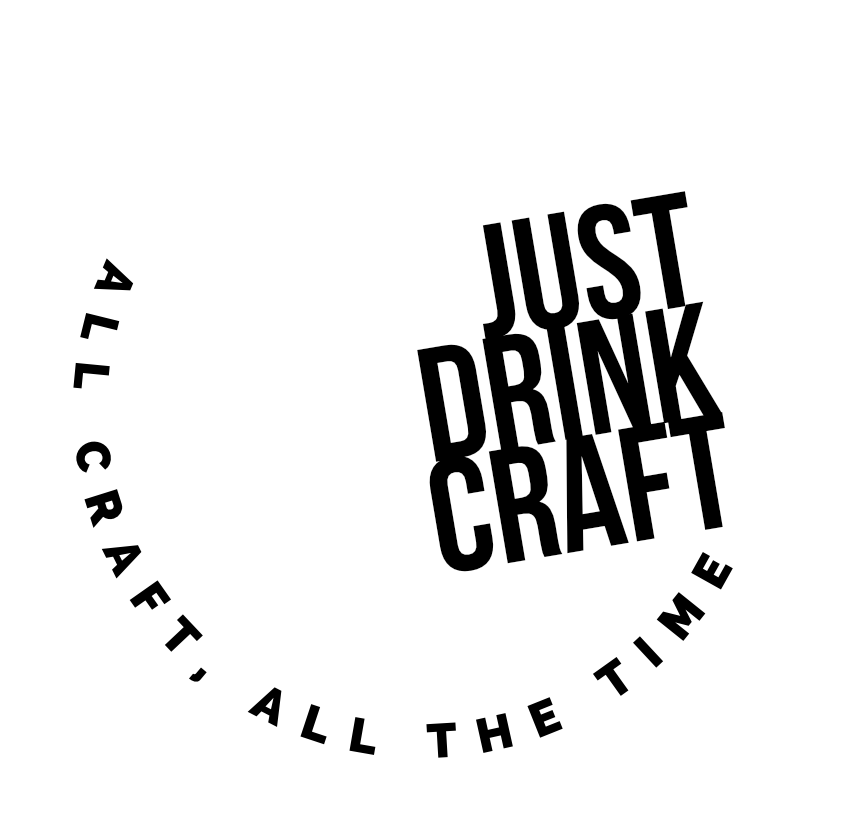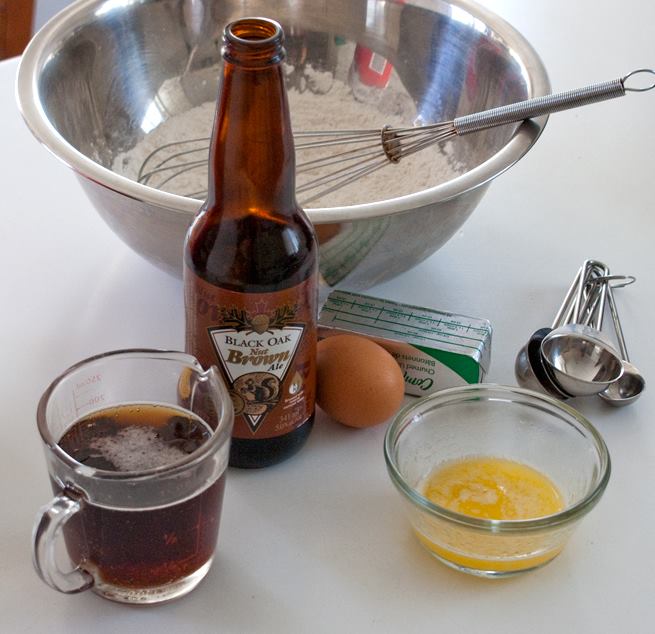Let’s lay it to rest – does alcohol actually cook off when cooking with beer (or any other alcohol you might be using)? The answers might surprise you.
According to the Craft beer club, it is a myth. Not all of the alcohol cooks off when cooking with beer.
But while the writer(s) don’t state exactly how much alcohol might be left, they suggest that most will cook off, and that “you don’t have to cook your roast or cake that long to cook off more than half the alcohol”.
But what about the cup of beer I put into my 10 waffles and let my kids have? Infants and young children are prone to profound hypoglycemia, coma, and hypothermia despite ingesting relatively small amounts of ethanol.
Suddenly “half the alcohol” left in food suddenly seems a lot more than many of us would be comfortable.
But if it were really that dangerous wouldn’t we have heard about it by now? Beer both as a drink and an ingredient in food has been used for centuries across cultures.
Of course, we also need to remember in history, beer often had very low alcohol percentages.
So what are we really looking at and what should we be concerned with?
What the Science Says
Cooking with beer: How much alcohol is left? is a study that was published in the International Journal of Gastronomy and Food Science in 2016. It looked at how much ethanol (alcohol) was left with ten different foods prepared with beer from vinaigrette to bread to meat.
As it turns out, there is alcohol detected in many of these foods, although some were below detectable amounts such as the marinated spare ribs.
The highest amount found in the 10 recipes in the study was found in a carrot soup recipe. 1.28 g was found in a 250 ml serving of soup that required approximately boiling for about 10 minutes once the beer was added.
Once the soup was boiling, 330g of 4.6% alc./vol beer was added and cooked for another minute after which the carrots, including their cooking liquid, were added. The soup was boiled for another 10 min prior to blending and sampling.
To provide context, this is equivalent to about 11% of a lager type beer at 330 ml, 4.6% alc./vol (note that our Canadian tallboy cans are 473ml).
Who Should Be Concerned?
At 11% of a small can of beer, this shouldn’t concern most people, including pregnant women (although please check with your doctor). If your kids consumed food that was cooked with alcohol (whoops, those waffles), you probably don’t have to worry too much either.
However, it may be of concern for alcoholics and especially anyone taking Disulfiram (Antabuse®). Disulfiram (Antabuse®) can be prescribed for alcohol abuse disorder as the drug can cause unpleasant reactions to even small amounts of alcohol.
Recovering alcoholics and anyone serving food cooked with alcohol should also understand that anything that has the taste of alcohol might trigger cravings.
Those who are calculating the energy in the foods that eat may also want to know that foods prepared with any kind of alcohol are going to have higher calories since alcohol has a relatively high energy content.
How It Is Cooked Makes a Difference
The manner of cooking and the time that the food is cooked makes a difference. The longer the food is heated the less alcohol there typically is. Alcohol may be lost in “wet heat cooking” such as boiling or simmering faster than dry heat. The amount of water in the dish may also play a factor.
So while cooking with beer is probably not much of a concern to most of us, don’t assume that all the alcohol disappears when using it to prepare food. It doesn’t.

